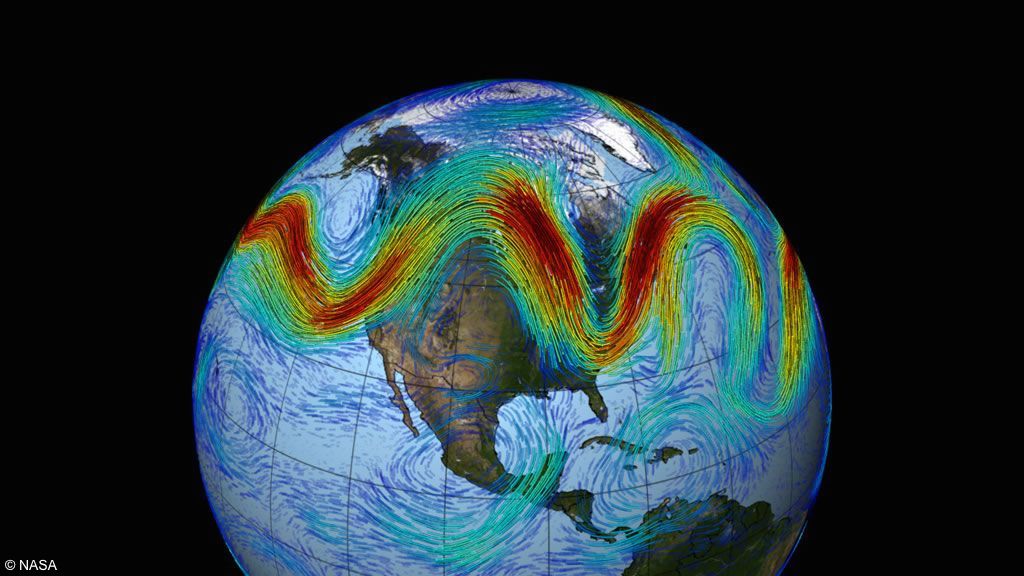A recent study published in the journal Nature Communications has found a connection between melting ice in Greenland and the phenomenon known as Arctic amplification.

Arctic amplification is a positive feedback loop process in which melting sea ice leads to further melting of ice. As Arctic sea ice retreat leaves larger patches of open water, and as open water is darker than reflective sea ice, it absorbs more heat energy and therefore promotes further melting of ice aorund it. This warming in the Arctic then leads to a decreased temperature difference between the Arctic and the mid-latitudes, which in turn slows the jet stream (a current of fast-moving air in Earth's atmosphere moving form west ot east), allowing it to fluctuate more wildly.
Observations made in 2015 showed that these anticipated effects on the jet stream caused by Arctic amplification occurred over northern Greenland during the summer of 2015, when the jet stream's flow bent northward to latitudes never before seen in Greenland during the summer. This in turn led to record melt in the northern part of the Greenland Ice Sheet.
"If loss of sea ice is driving changes in the jet stream, the jet stream is changing Greenland, and this, in turn, has an impact on the Arctic system as well as the climate," said Marco Tedesco, Research Professor at Columbia University's Lamont-Doherty Earth Observatory, one of the resarch institutes that took part in the study. "It's a system, it is strongly interconnected and we have to approach it as such."
